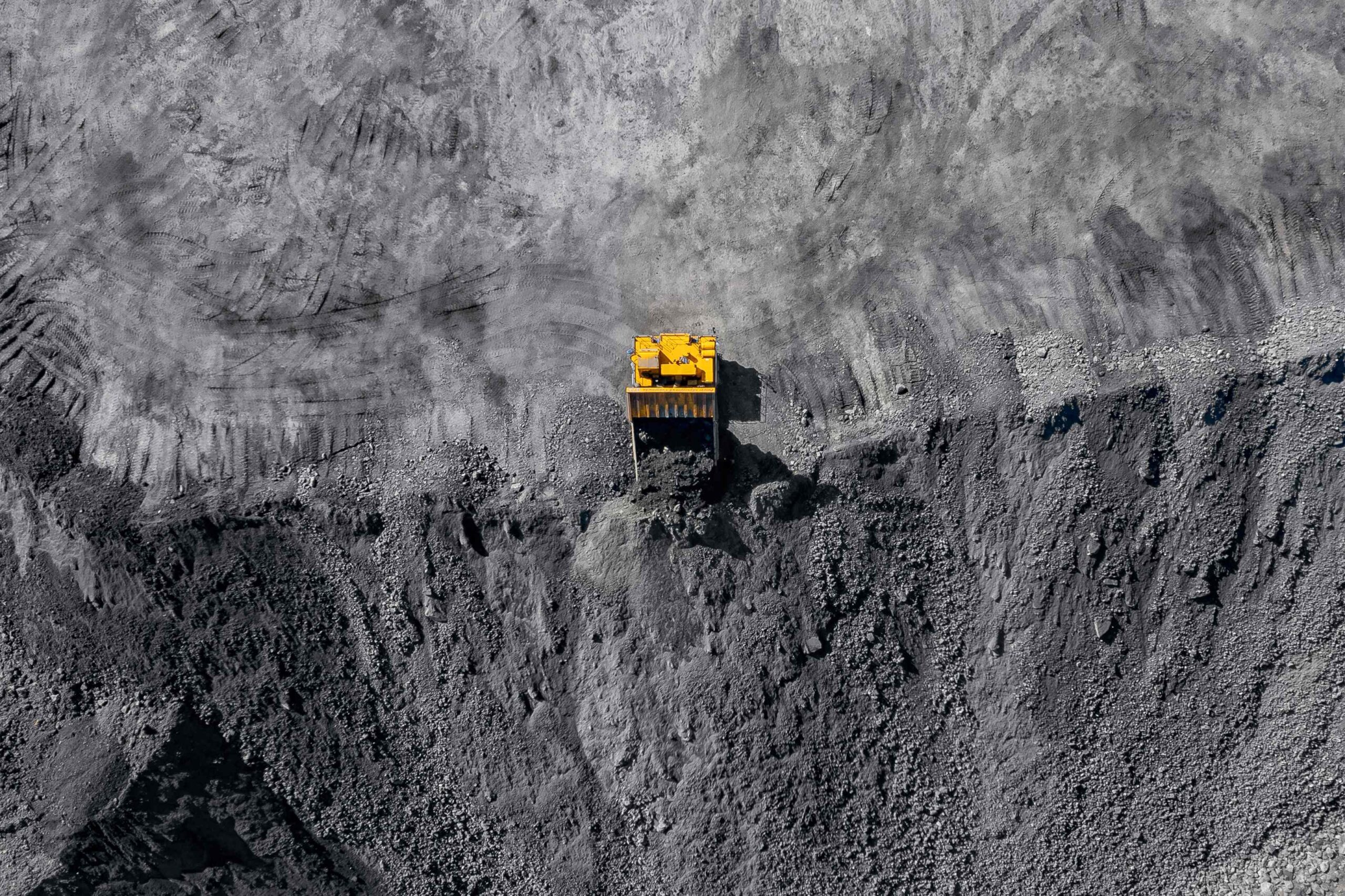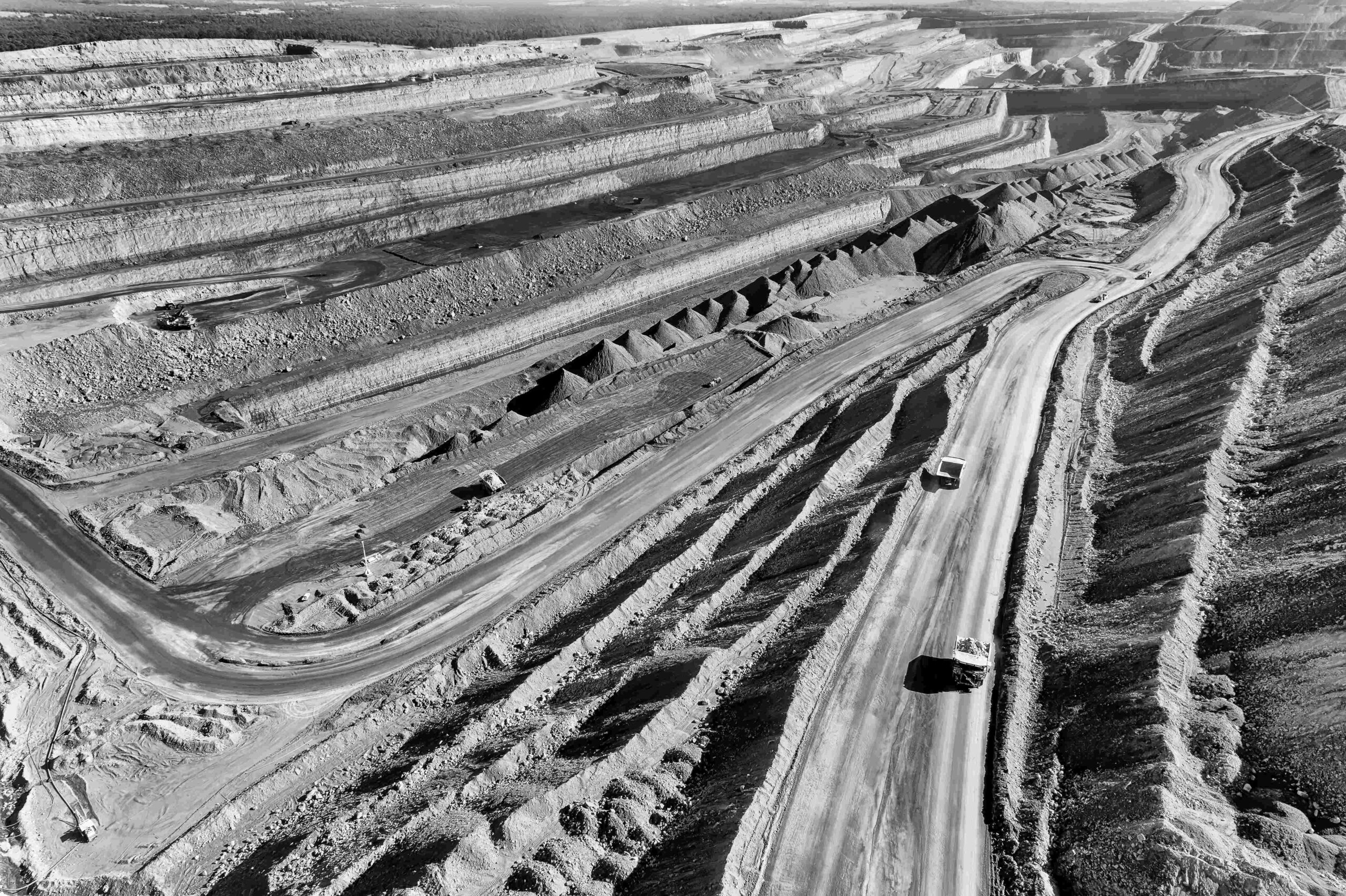

China’s State Council has released an action plan on how to realize carbon emission peak by 2030 to public on October 26, listing out the key tasks such as further reducing energy intensity in per unit of gross domestic product (GDP), increasing the proportion of non-fossil energy in consumption, and promoting clean energy and recycling in the country’s heavy industries including steelmaking and non-ferrous metals smelting.
Among the key targets, by 2025, the country’s non-fossil energy consumption will reach 20%, energy consumption in per unit GDP will be reduced by 13.5% from 2020, and carbon dioxide emission per unit GDP will be decreased by 18% from 2020, according to the incomplete copy of the action plan on www.gov.cn, and the link is as follows: http://www.gov.cn/zhengce/content/2021-10/26/content_5644984.htm.
By 2030, non-fossil energy will account for 25% of the country’s total consumption and carbon dioxide emission will be decreased by 65% from that in 2005, the post stated.
To realize these targets, China will accelerate reducing the role of coal in the energy market including strictly controlling the growth in coal consumption over 2021-2025, and reducing coal consumption annually over 2026-2030 or the 15th Five-Year Plan period.
To guarantee national power supply, the country will make sure that the installed wind and solar power generation capacity to total 1.2 billion kW or 1,200 gigawatts by 2030, and it will add 40 million kW onto the hydro power capacity for 2021-2025 as well as during 2026-2030, with Southwest China being the core installation site.
And the country will also ascertain that new energy storage facilities will exceed 30 million kW by 2025, and pumped hydro power storage capacity will reach 120 million kW by 2030, according to the government documentation.
As for industrial sector in general, a major carbon emitter in China, the country will accelerate getting rid of the outdated capacities and rectification in traditional industries to reduce carbon emission and at the same time promoting new industries with strategic importance.
As for steel industry, the country will intensify the supply-side reform, strictly adhering to old-for-new steel capacity swaps, forbidding new steel capacity expansion, eliminating the obsolete capacities, enhancing industrial concentration via mergers and acquisitions among steel mills of different regions and different ownerships and hydrogen as the energy source, according to the plan.
Besides, Beijing will further trim iron and steelmaking capacities in Beijing-Tianjin-Hebei and its surrounding areas, as well as increasing steel scrap recycling and reuse, promoting non blast-furnace steelmaking and 100% scrap use in electric-arc-furnace steelmaking technology. China’s EAF mills have been relying on scrap and hot metal or pig iron for steelmaking nowadays, Mysteel Global understands.
As for the non-ferrous sector, China will stick to the stringent control over new aluminum capacities by only allowing for old-for-new capacity swaps, promoting higher utilization of nonferrous scraps in smelting, increasing the proportion of hydro, wind, and solar power in the energy consumption, and lowering the power intensity in the overall nonferrous smelting, according to the documentation.
Other than these sectors, the action plan also lists the efforts in oil and petrochemical, mining, daily rubbish processing, construction materials, township construction, and public and cargo transportation.
Source: Sean Xie and Hongmei Li













